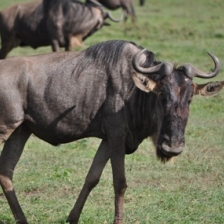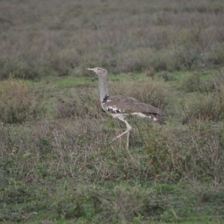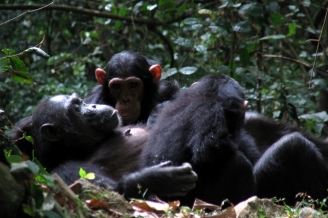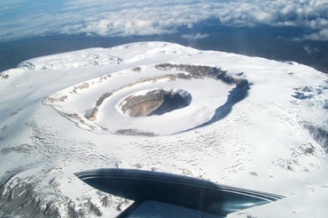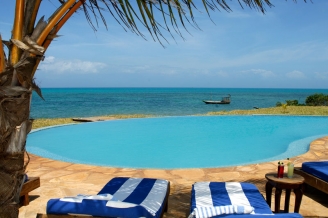DESTINATIONS
Serengeti National Park
Serengeti National Park is 335km from Arusha town, and is one of the best-known wildlife sanctuary in the world, it covers about 14763sq km terrain includes various types of vegetation: grassy plains, savannah with acacias, wooded hills and mountains are the backdrop for an extraordinary concentration of animals which reaches its peak during the wildebeest migration.
There are said to be 2 million wildebeest on the Serengeti – Mara plains and every year they migrate in search of grazing within an area of about 26,000sq miles. The best time to see the wildebeest migration is from December-July, and the best time to see predators is from June-October.
The Serengeti is on of the world’s last great wildlife refuges. This vast area of land supports the greatest remaining concentration of plain game in Africa, on a scale unparalleled anywhere else in the world. The name comes from the Maasai ‘Siringet’, meaning endless plains. Equal in size to Northern Ireland, the Park contains an estimated three million large animals, most of which take part in a seasonal migration that is one of nature’s wonders.
The annual migration of more than 1.5 million wildebeests as well as hundreds of thousands of zebras and gazelles is triggered by the rains. The wet season starts in November and lasts until about May. Generally the herds congregate and move out at the end of May. Their movement is a continual search for grass and water – the moving mass of animals requiring over 4,000 tons of grass each day.
The exodus coincides with the breeding season which causes fights among the males. As the dry season sets in the herds drift out of the West, one group to the North, the other north-east heading for the permanent waters of the northern rivers and the Mara.
The immigration instinct is so strong that animals die in the rivers as they dive from the banks into the raging waters, to be dispatched by crocodiles. The survivors concentrate in Kenya’s Maasai Mara National reserve until the grazing there is exhausted, when they turn south along the eastern and final stage of the migration route. Before the main exodus, the herds are a spectacular sight, massed in huge numbers with the weak and crippled at the tail end of the procession, followed by the patient, vigilant predators.
The vegetation in the Serengeti ranges from the short and long grass plains in the south, to the acacia savannah in the centre and the wooded grassland concentrated around tributaries of the Grumeti and Mara rivers. The western corridor is a region of wooded highland and extensive plains reaching to the edge of Lake Victoria.
The Seronera Valley in the Serengeti is famous for the abundance lion and leopard that can usually be seen quite easily. The adult male lions of the Serengeti have characteristic black manes.

